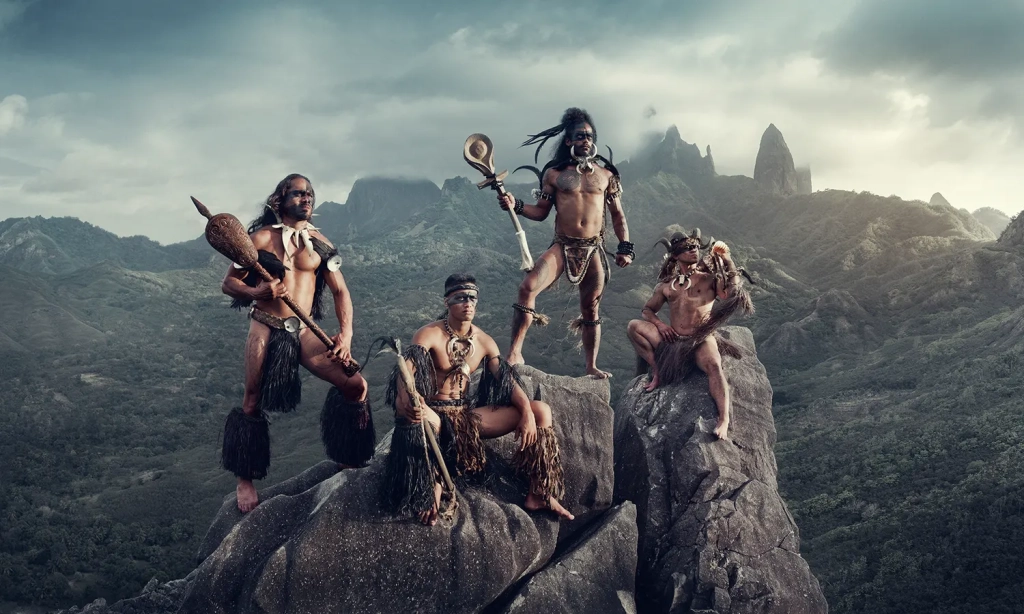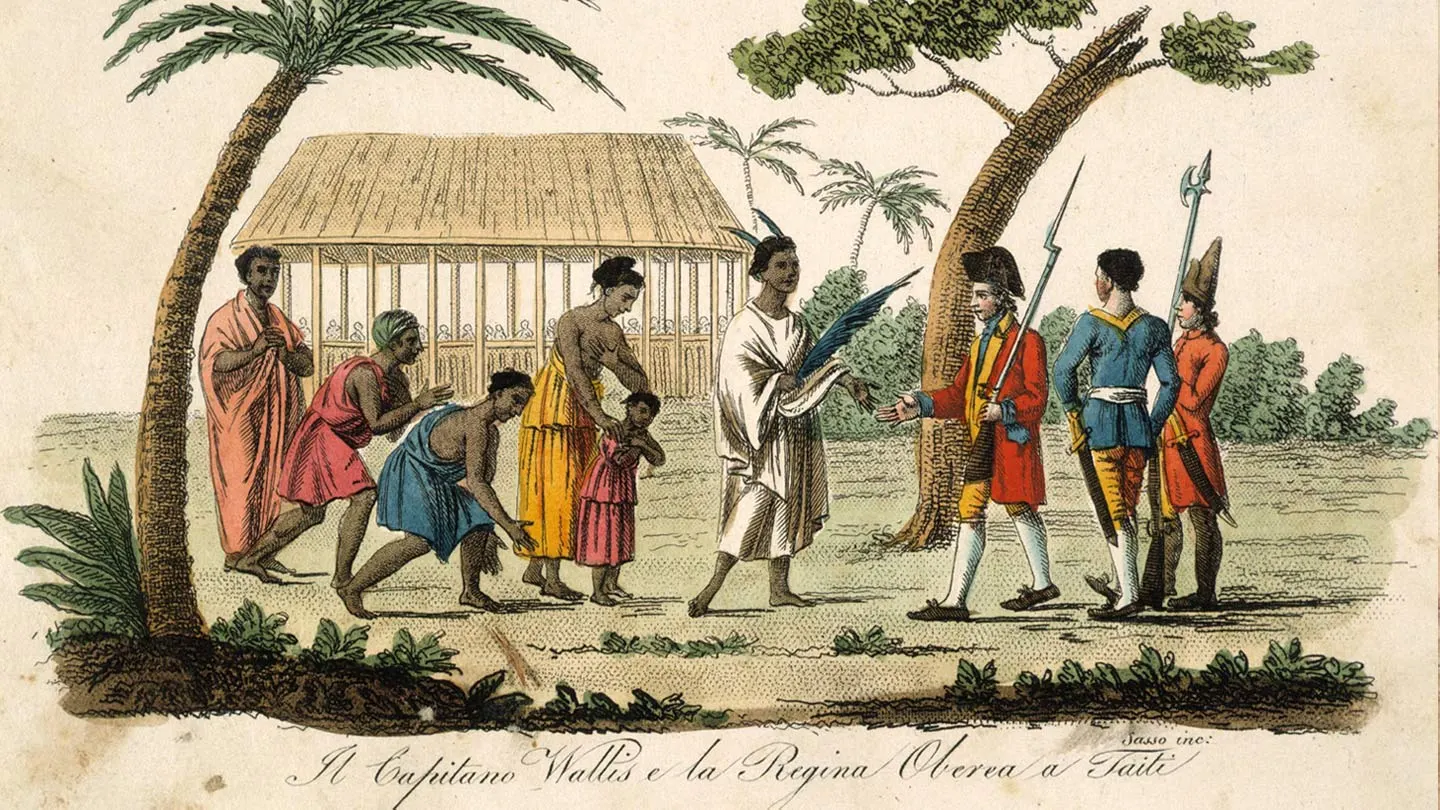In April 1769, Captain James Cook made his first trip to Tahiti aboard the HMS Endeavor to watch the Transit of Venus. The arrival of British and French missionaries in the 1800s provoked a rivalry between England and France for control over the islands, and this forever changed the way of life in Tahiti. “…but nothing on Tahiti is so majestic as what faces it across the bay, for there lies the island of Moorea. To describe it is impossible. It is a monument to the prodigal beauty of nature.”
Captain Cook wanted to introduce British justice to Indigenous people. Instead, he became increasingly cruel and violent.
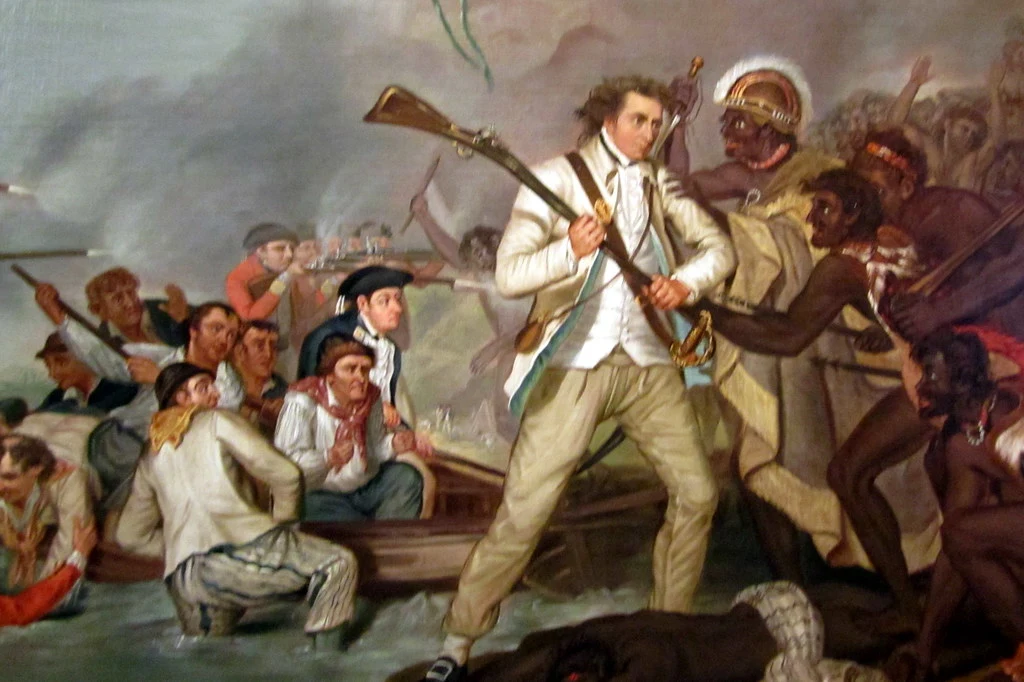
A failure to say hello: how Captain Cook blundered his first impression with Indigenous people.
Cook initially saw himself as an enlightened “civiliser”, bringing a new vision of the world to the so-called “savage lands” of the South Seas. Cook instead came to embody the “savagery” he ostensibly despised, indulging in increasingly tyrannical, punitive and violent treatment of Indigenous people in the Pacific.
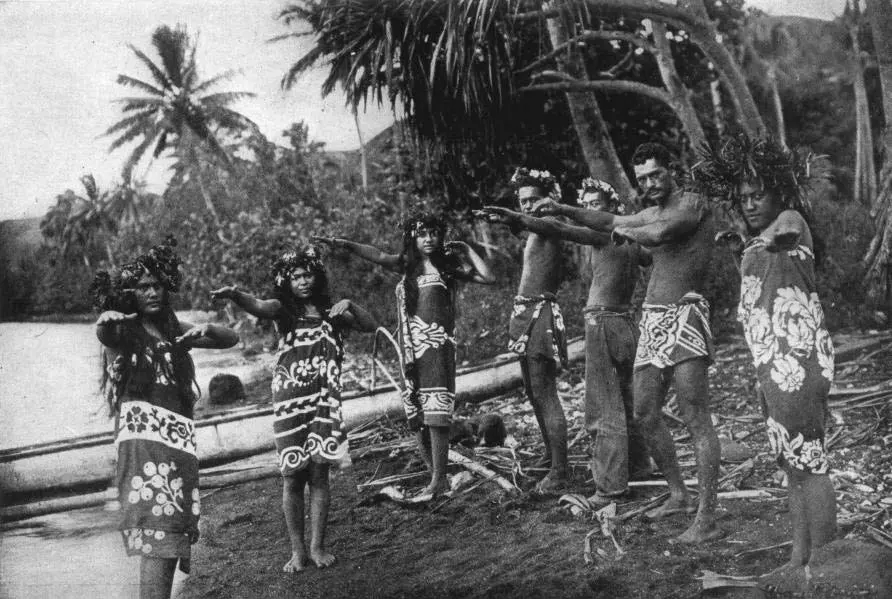
The Tahitians, (Tahitian: Mā’ohi; French: Tahitiens) are the Polynesian ethnic group indigenous to Tahiti and thirteen other Society Islands in French Polynesia. The numbers may also include the modern population in these islands of mixed Polynesian and French ancestry (French: demis). Indigenous Tahitians are one of the largest Polynesian ethnic groups, behind the Māori, Samoans and Hawaiians.
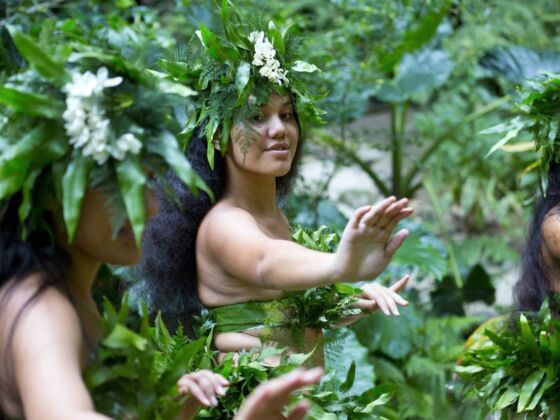
The first Polynesian settlers arrived in Tahiti around 400AD by way of Samoan navigators and settlers via the Cook Islands. Over the period of half a century there was much inter-island relations with trade, marriages and Polynesian expansion with the Islands of Hawaii and through to Rapanui. The Tahitians were divided into three major classes (or castes): ari’i, ra’atira and manahune. Ari’i were relatively few in number while manahune constituted the bulk of population and included some members who played essential roles in the society.
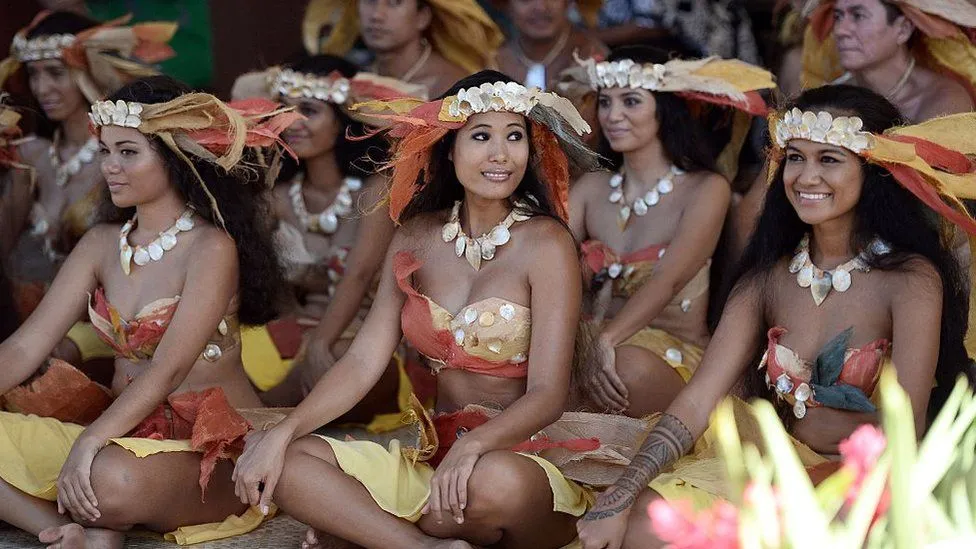
Polynesia has been inhabited for about 2,000 to 3,000 years. The first people, called the Lapita, settled on the western islands—Wallis and Futuna, Samoa, and Tonga. The Lapita were skilled sailors and navigators who came to Polynesia from Taiwan and other parts of East Asia. They are best known for their distinctive pottery, which they decorated with geometric or figurative designs.

The islands provided a beautiful but challenging home for the indigenous peoples of Polynesia. The first Polynesians found that their islands lacked much that was needed for human survival. As a result, they had to take in a wide variety of items, including most of the useful plants and all of the domestic animals they required.

Tahiti, in the Society islands, became a French colony in 1880. France later annexed other islands to form the French Colony of Oceania. In 1946 the islands became an overseas territory and in 2004 gained “overseas country” status. There are five island groups – the Society Islands, the Tuamotu archipelago, the Gambier Islands, the Marquesas Islands and the Tubuai Islands. Tahiti is the most densely-populated island.

French Polynesians respect the symbiotic relationships between people, the land, and the water. “Tahiti is at the center of the Polynesian Triangle.” Tahitians throughout history have danced for many reasons — for weddings, to welcome visitors, to honor community milestones. Dance is a joyous expression of the Polynesian spirit of celebration and hospitality. Māʻohi: the indigenous people of French Polynesia
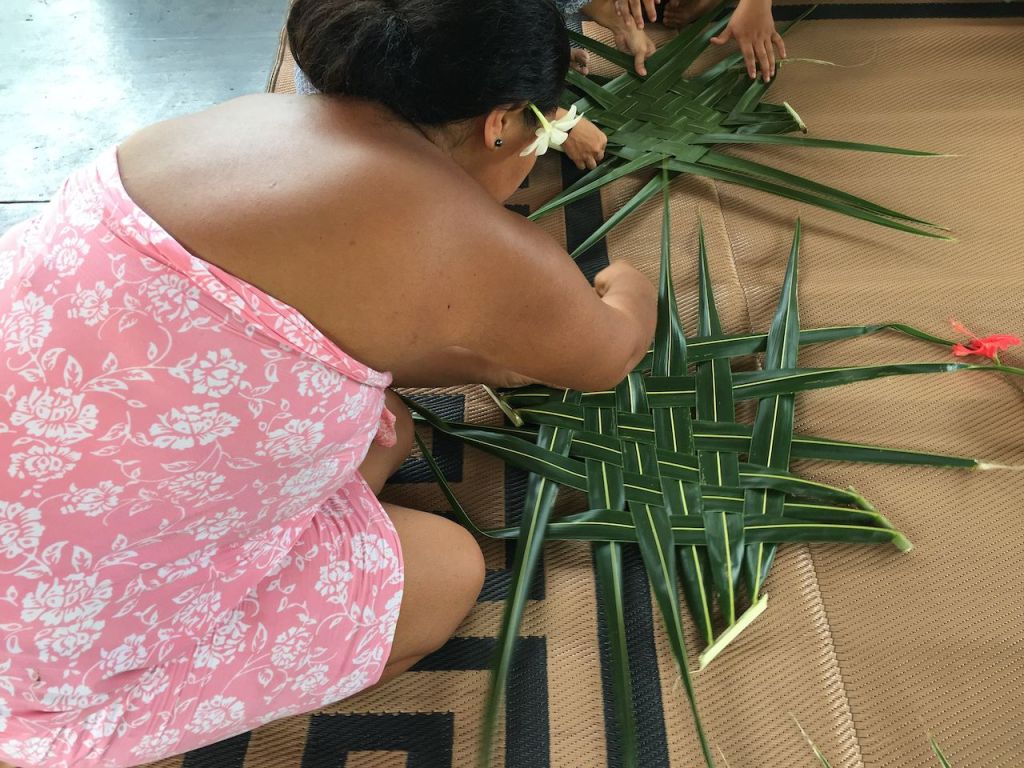
Tahitian Culture
Tahitians inherited a rich and vibrant culture from their ancient ancestors. Polynesian artistry—which includes weaving, woodcarving, and tattooing—is grounded in the mythology of that heritage. Each sacred tradition tells a colorful story about life, love, and their enduring relationship with nature.
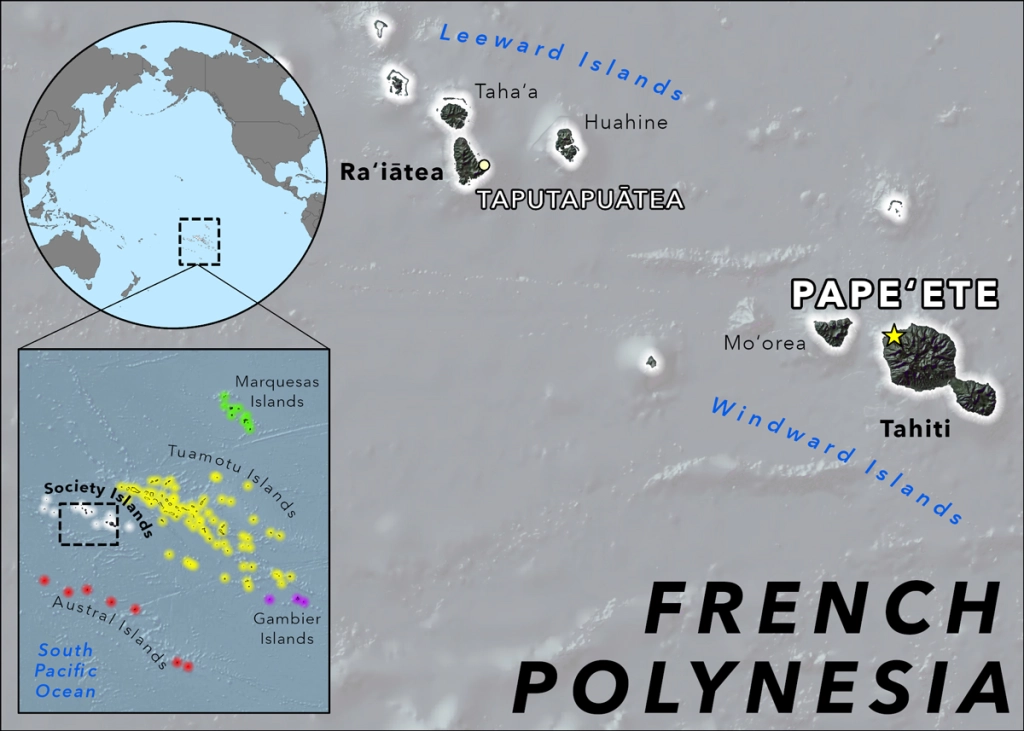
Tahitian dance is the most authentic reflection of Polynesian culture. This extraordinary display of passion and vitality was once linked to all aspects of island life, including prayer, celebration, welcoming and storytelling. The signature tamure, or fast hip shaking motion, has become an unmistakable trademark of this captivating art form, matched only by the resounding rhythms of the Tahitian drums.
Music, along with dance, is an integral part of everyday life in the islands. The instruments are minimal, but the sound is reverberant. Tahitian music can best be identified by the fast tribal rhythms of the wooden drums known as pahu. These drums, traditionally covered in sharkskin, are played alongside the toere, a long cylindrical drum with a split down the side for higher pitched percussion. Other traditional instruments include the pu, or conch shell, the vivo, or nose flute, and the ukulele.

The islands of Tahiti are a geographical marvel. Believed to have formed from a series of underwater volcanic eruptions, they emerged millions of years ago from the depths of the ocean. Seemingly untouched by time, the islands today are still as beautiful as ever. The island of Tahiti is divided into two parts: The larger portion to the northwest is known as Tahiti Nui, while the smaller, southeastern peninsula is known as Tahiti Iti. Tahiti Nui is dominated by three extinct volcanic mountains including Mount Orohena, the tallest in French Polynesia; Mount Aorai, known for its incredible views; and Le Diadème, which appears to crown the island as the rightful queen.
